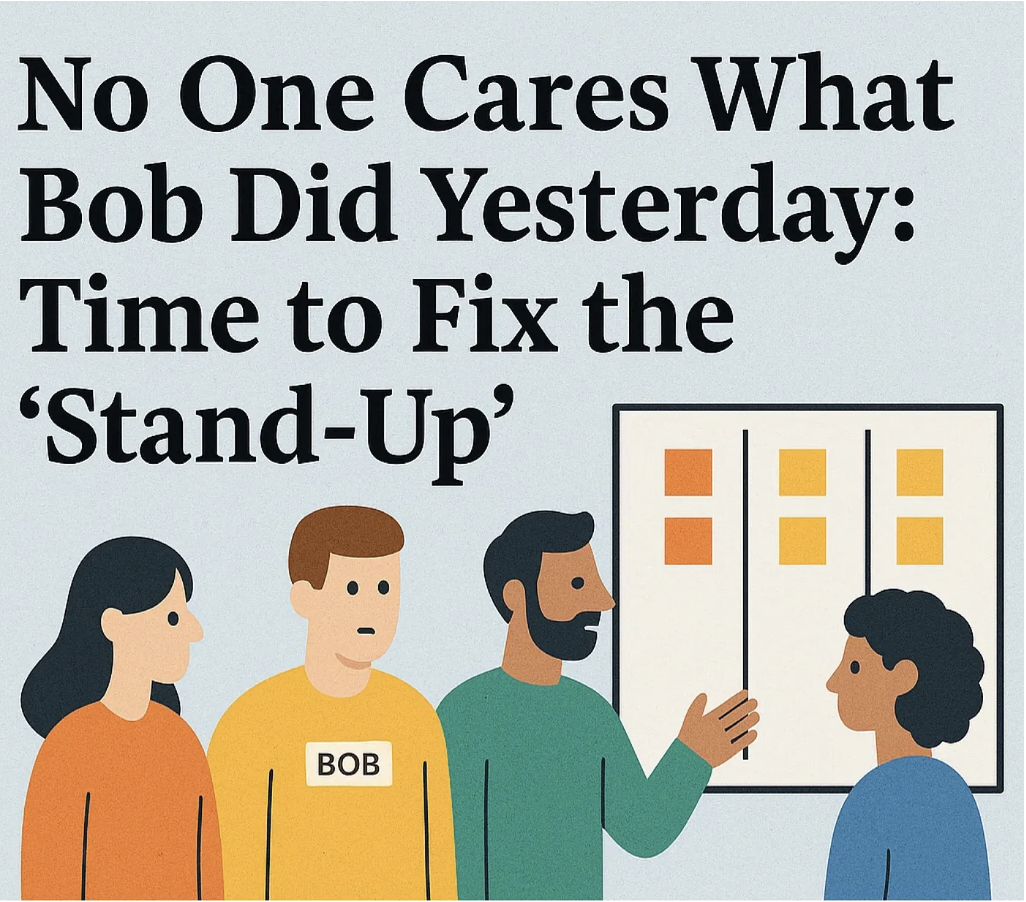Is Your Workflow Costing You More Than You Realise?
Reflecting on a recent engagement, I was struck by the profound impact of workflow management on a team's efficiency and, ultimately, on the organisation's bottom line. This experience, centred around a Kanban system's refinement, brought to light the critical importance of continuous improvement and the tangible benefits of addressing workflow inefficiencies.
Our journey began with the recognition that having a visual representation of tasks was merely the tip of the iceberg. The real challenge lay in identifying and rectifying the underlying issues causing delays and blockages within the system. It was evident that a proactive approach was necessary to ensure a smooth and efficient workflow.
Enjoy this video? Like and subscribe to our channel: https://www.youtube.com/@nakedAgility
One particularly illustrative example involved a dependency on an individual's approval process, which created a significant bottleneck. This issue was not just a minor inconvenience; it represented a substantial cost to the organisation, both in terms of time and financial resources. By implementing a simple yet innovative solution—visually displaying the financial impact of delays on the Kanban board—we were able to prompt a behavioural change that dramatically improved the approval process's efficiency.
The result was a marked reduction in the cost associated with delayed approvals, underscoring the value of actively managing and improving workflows. This experience reaffirmed my belief in the philosophy of continuous improvement and the need to challenge the status quo to achieve operational excellence.
Key topics:
- Workflow Improvement in Kanban
- Identifying System Inefficiencies
- Overcoming Approval Delays
- Behavioural Change for Efficiency
- Principles of Kanban Efficiency
How have you addressed workflow inefficiencies in your organisation? Comment below!
Innovative Immersion Training at NKDAgility
Hashtags: #KanbanBoard, #ContinuousImprovement, #WorkflowImprovement, #VisualManagement, #FlowEfficiency



